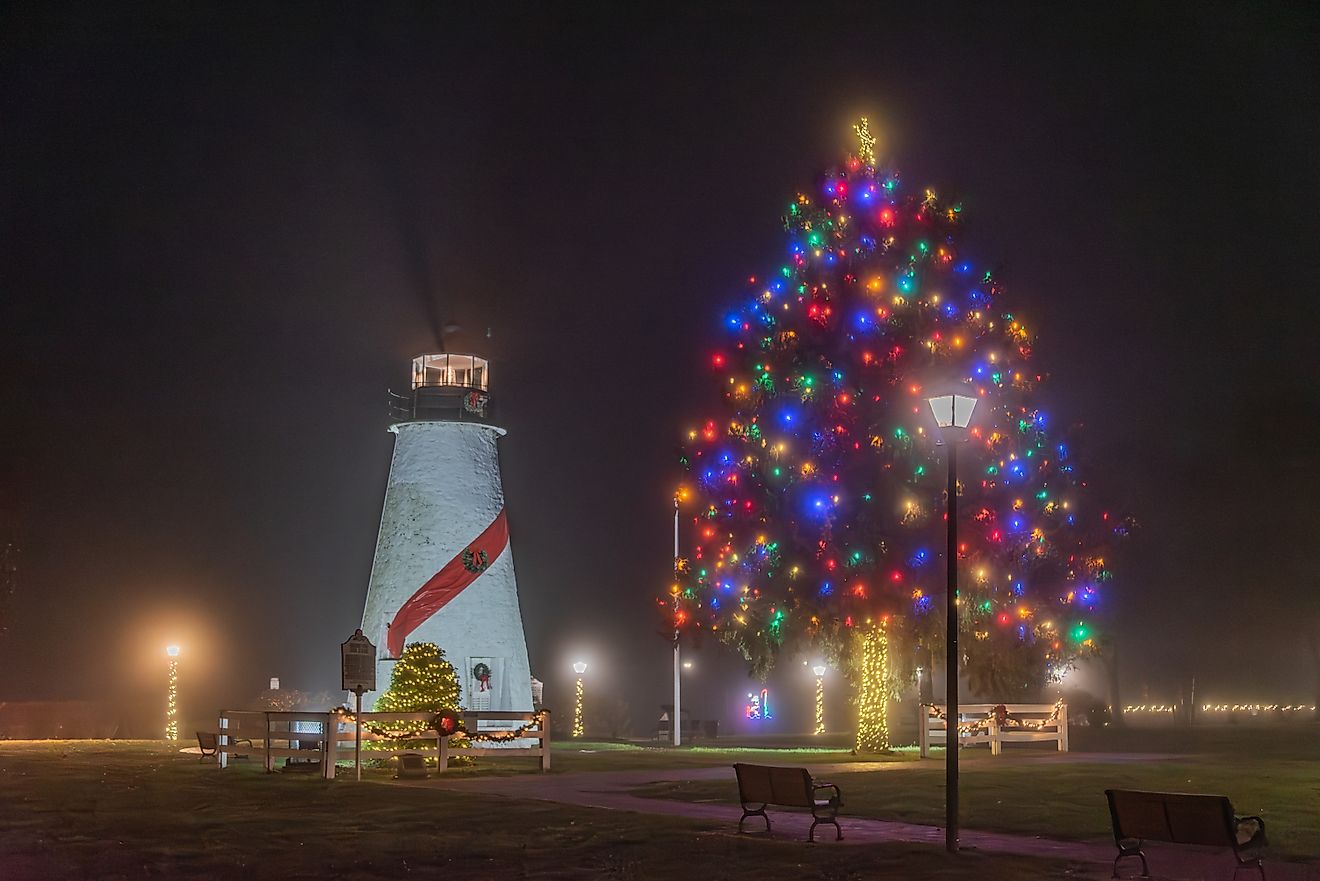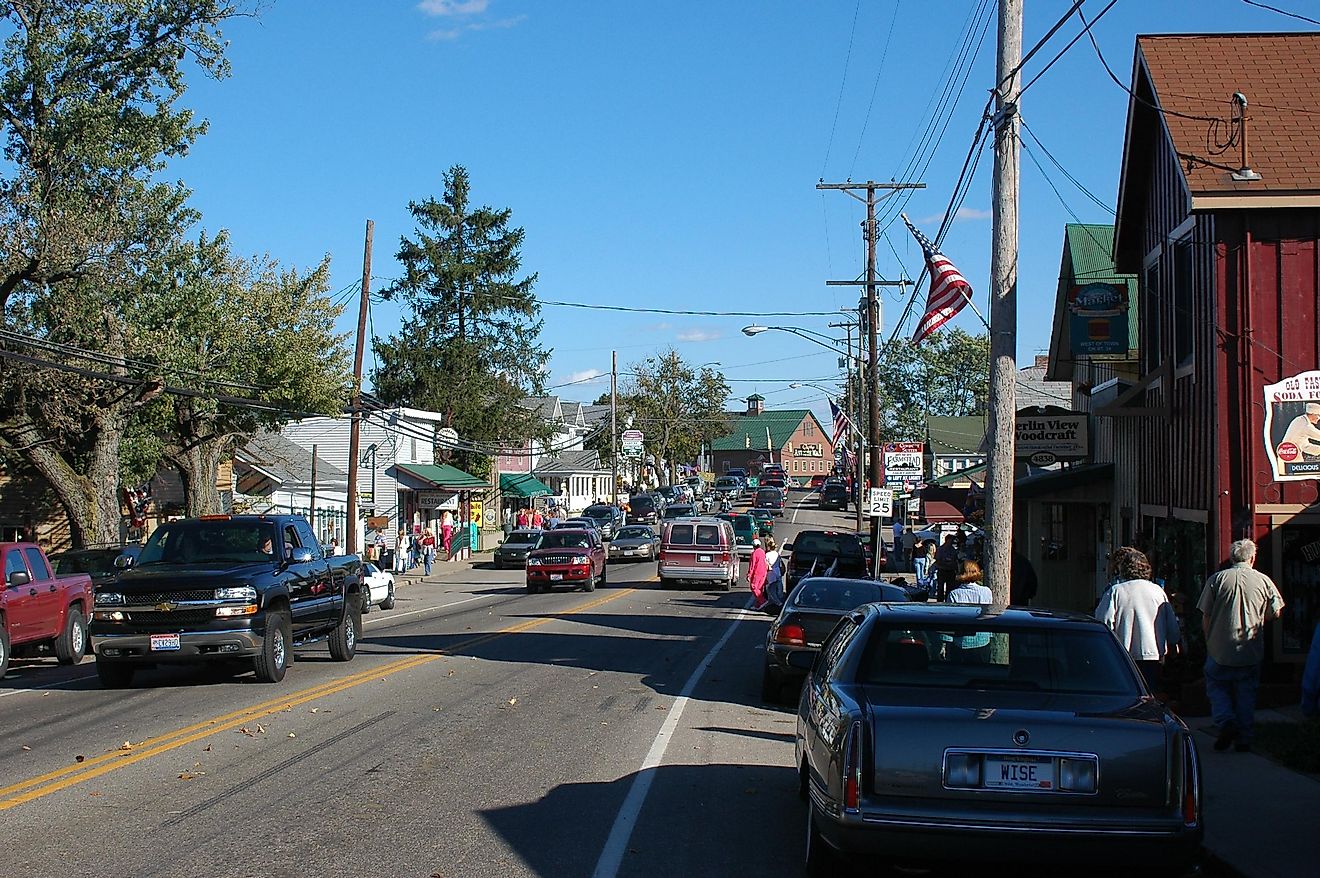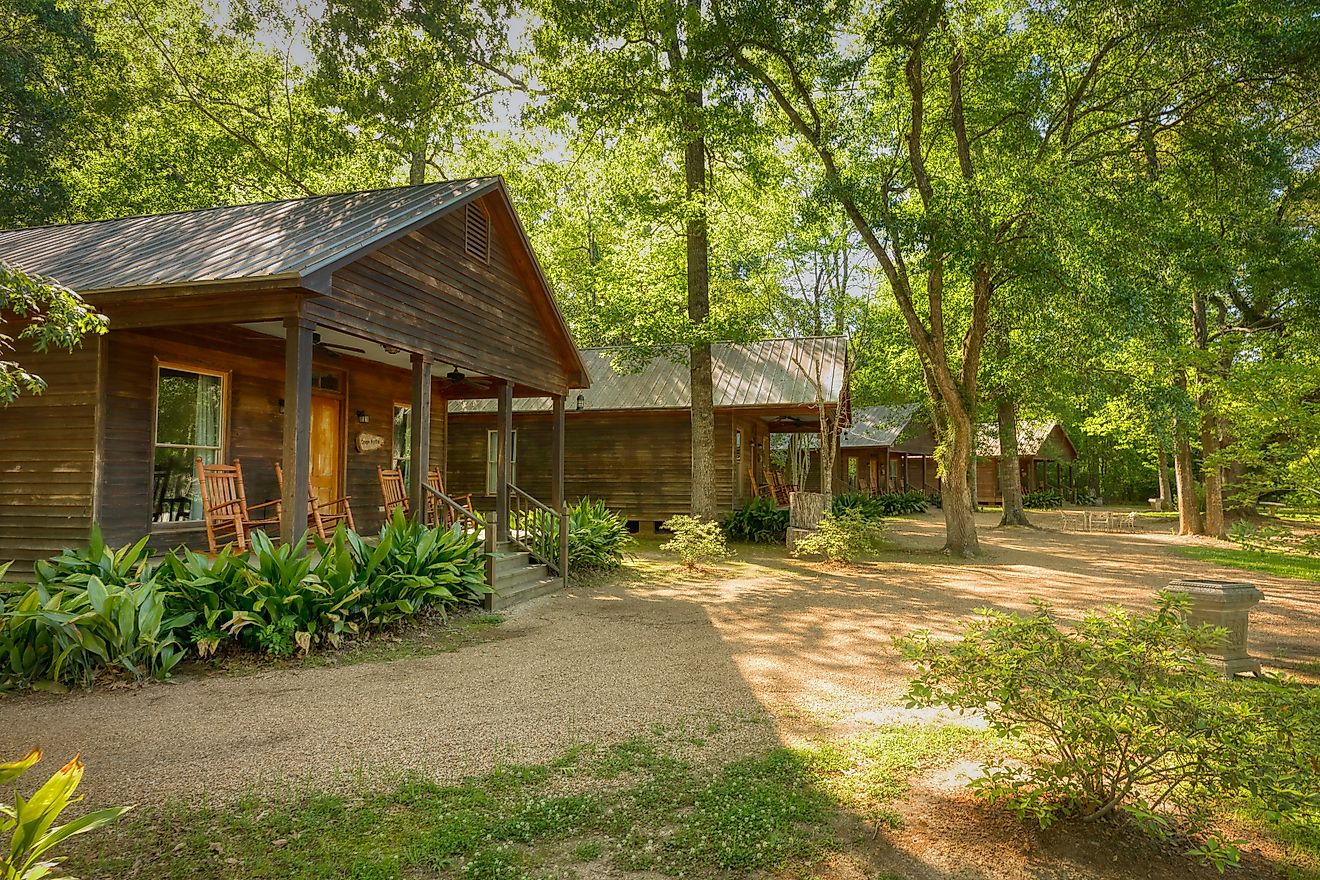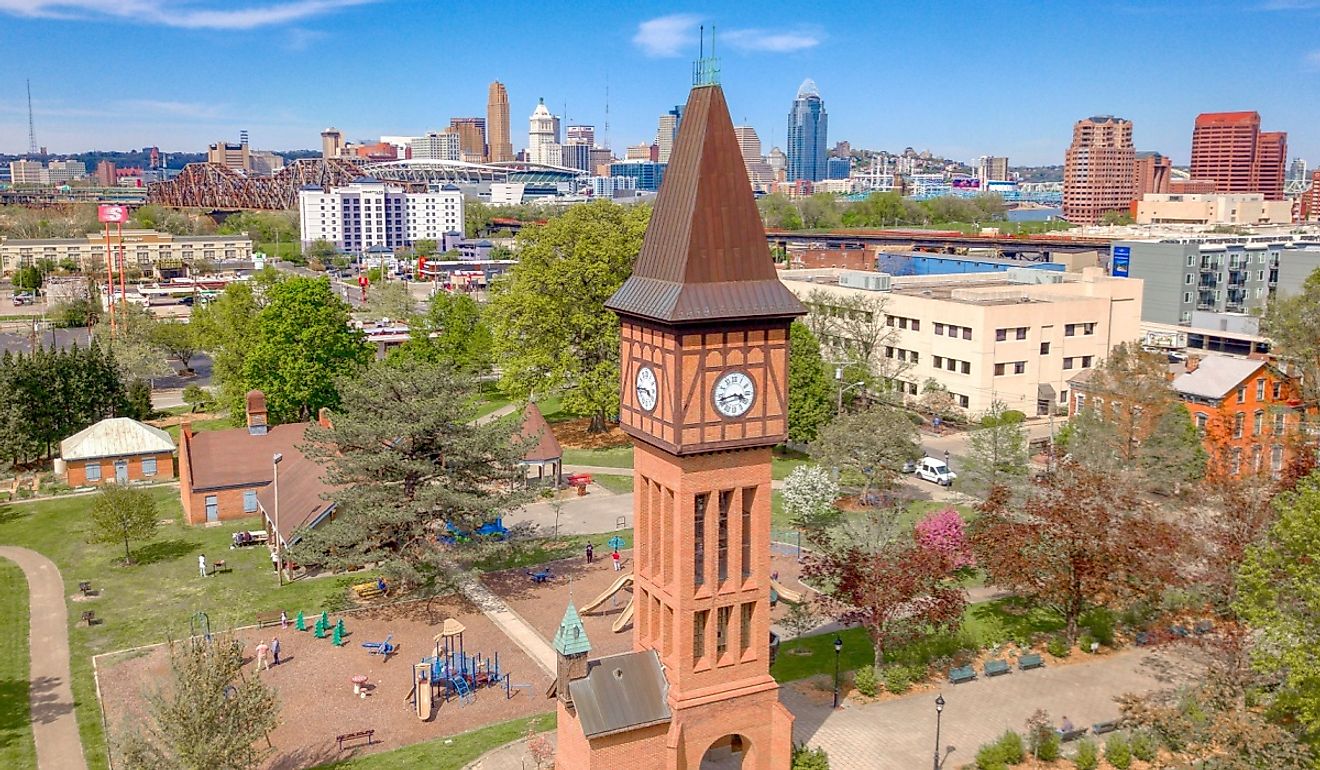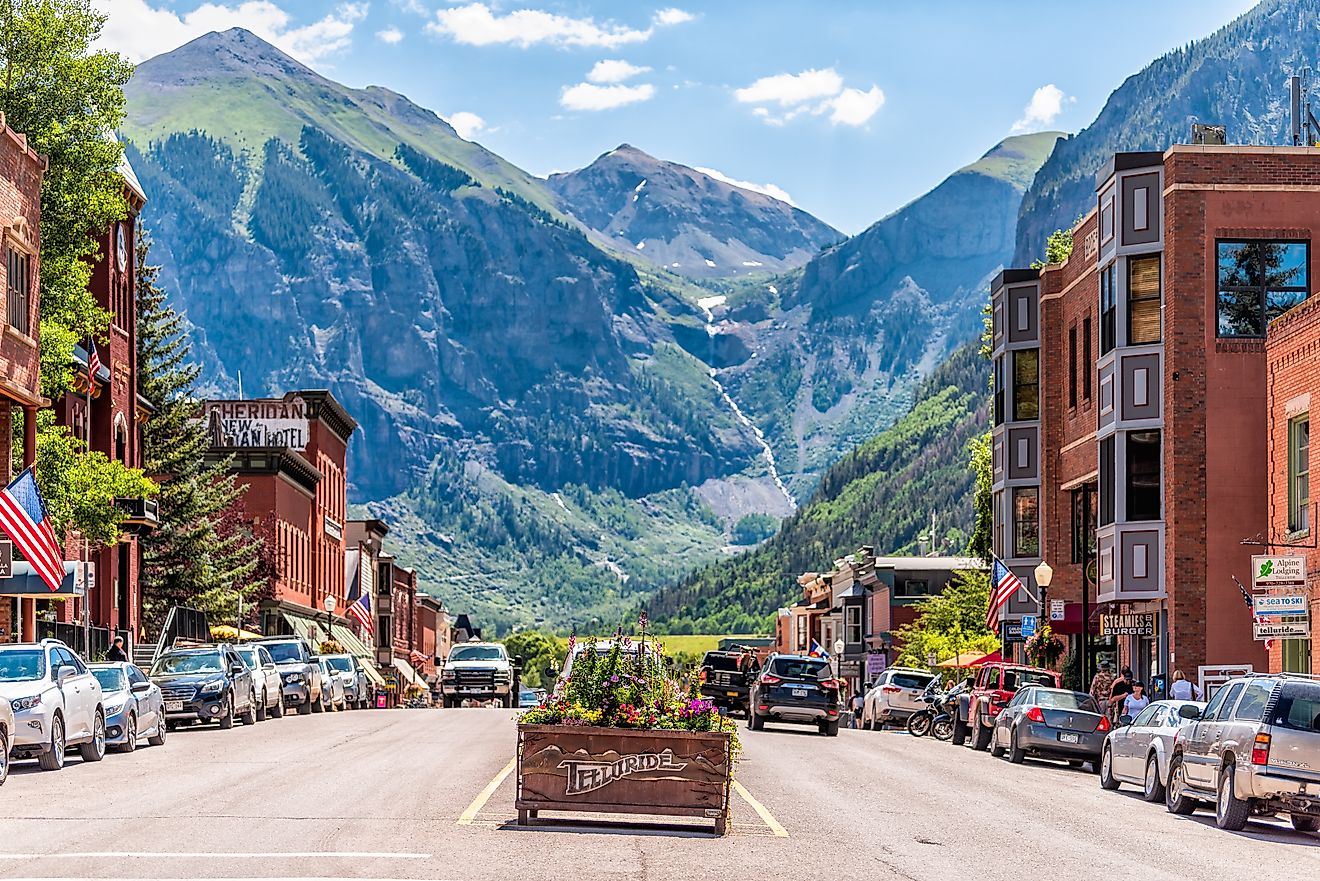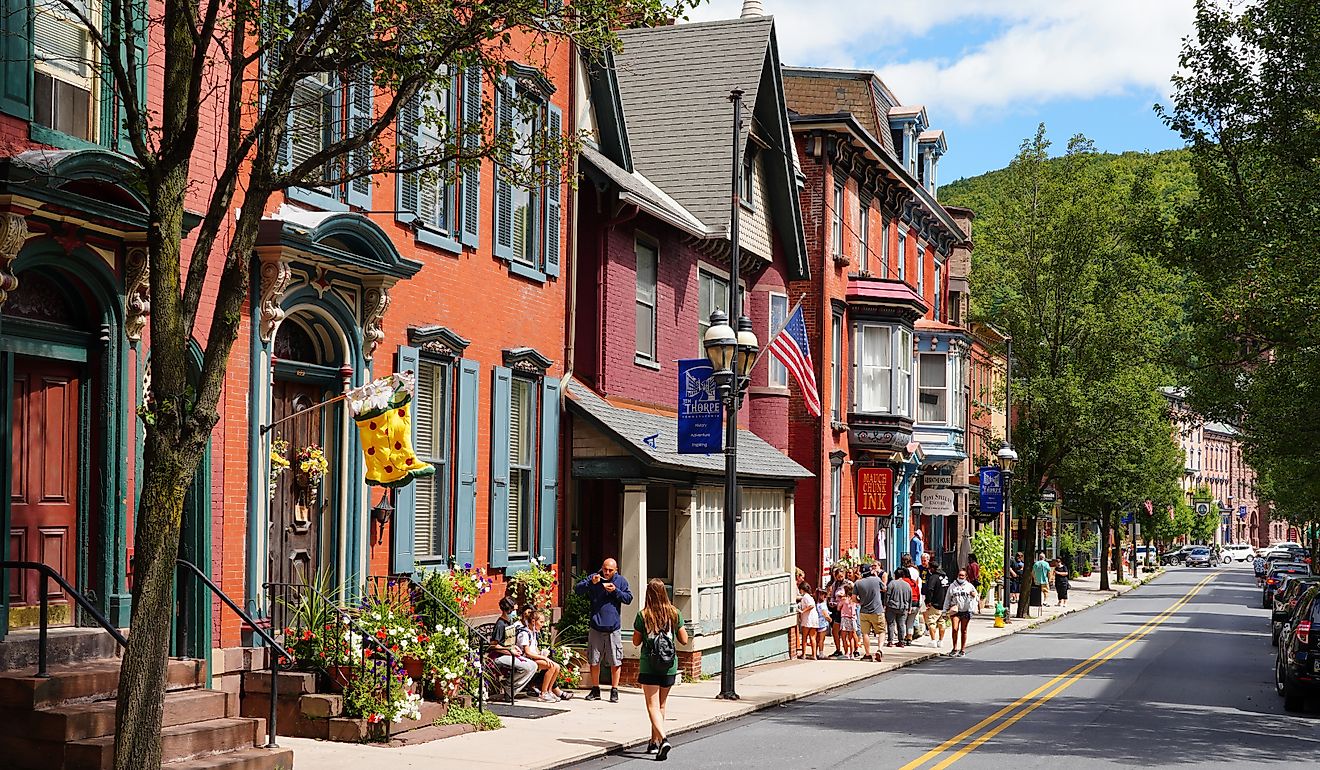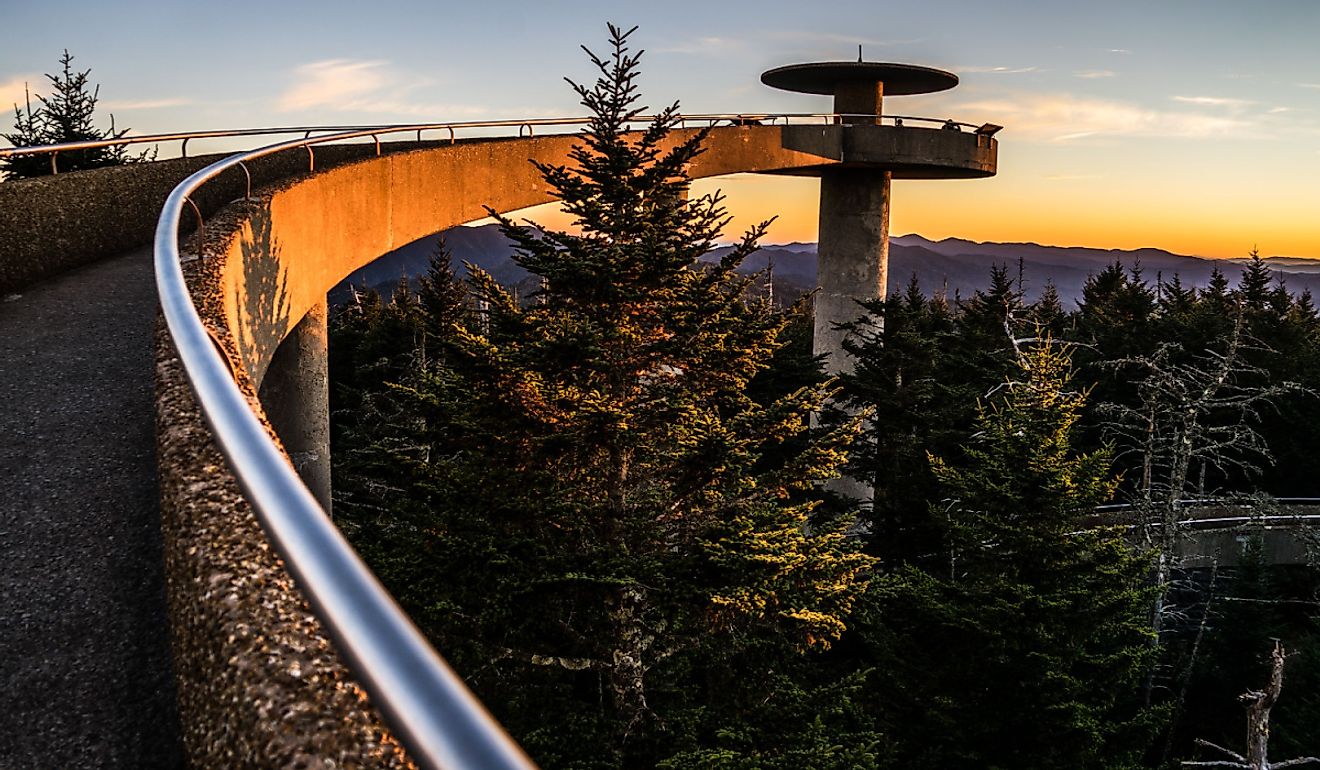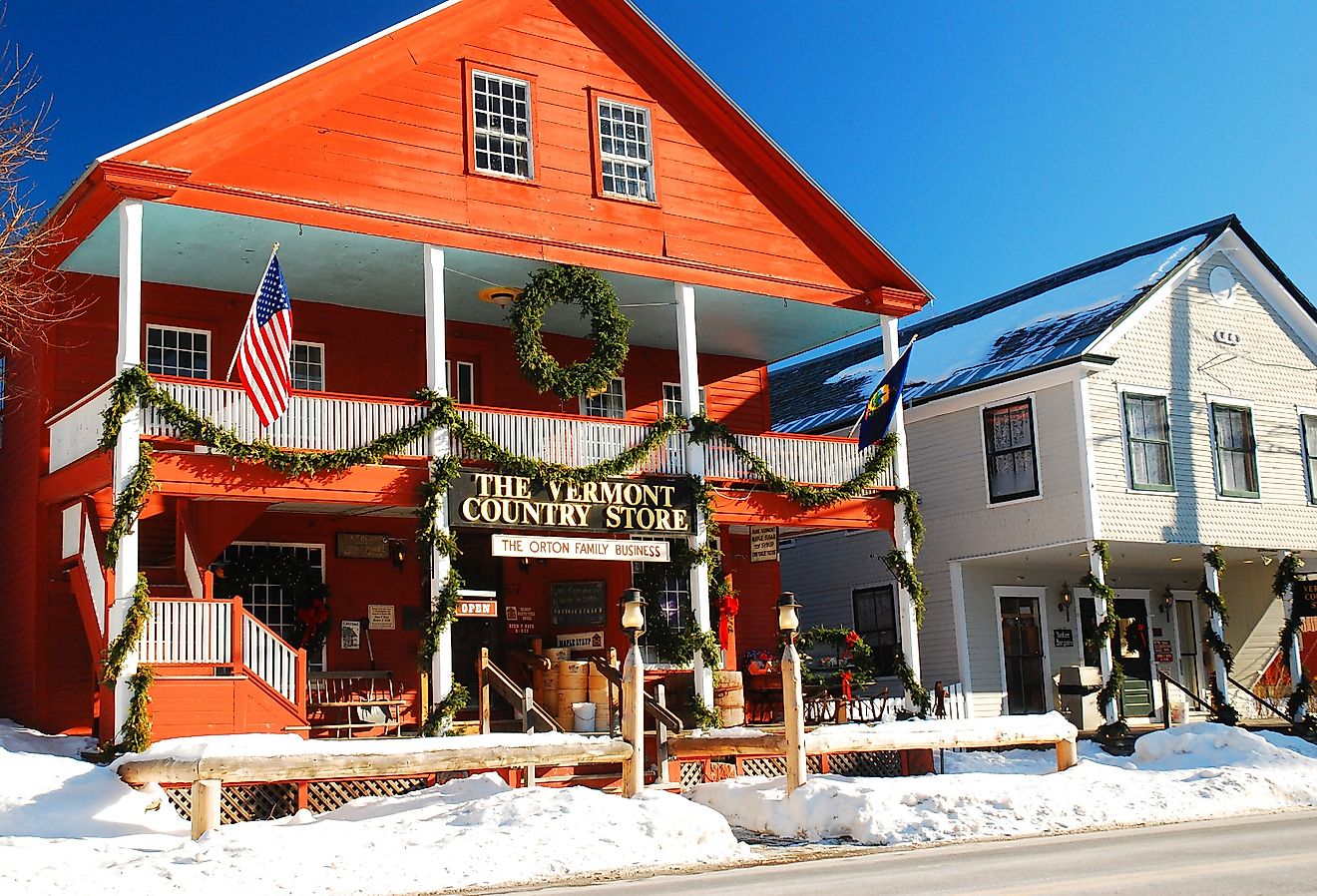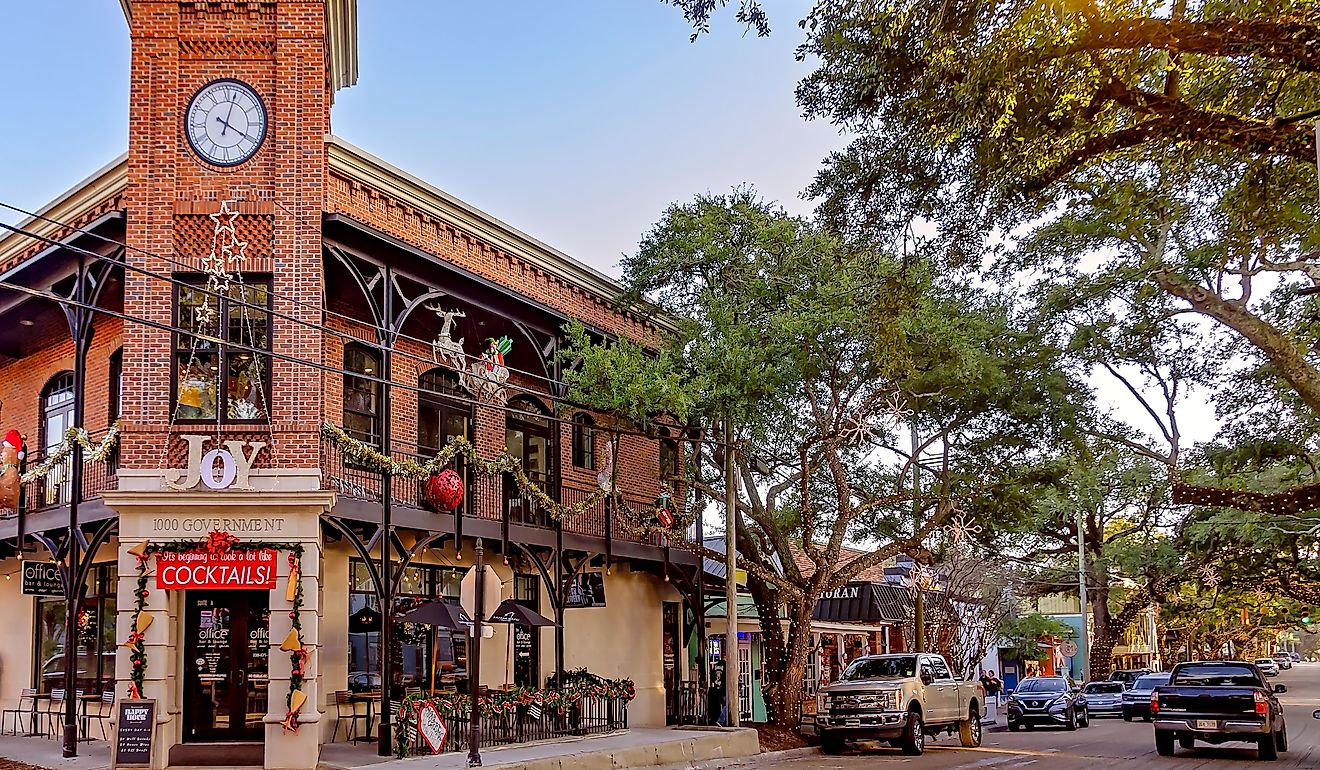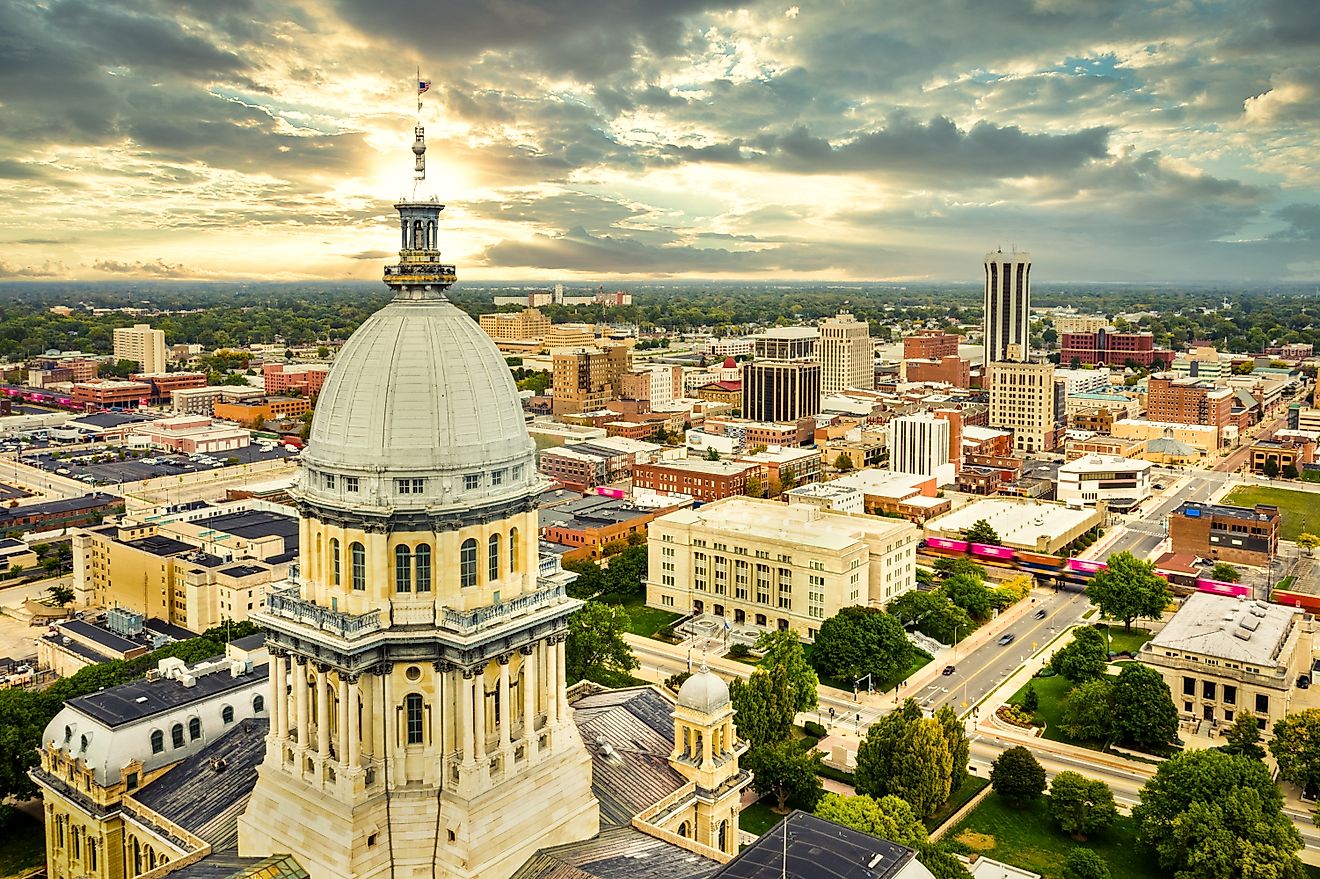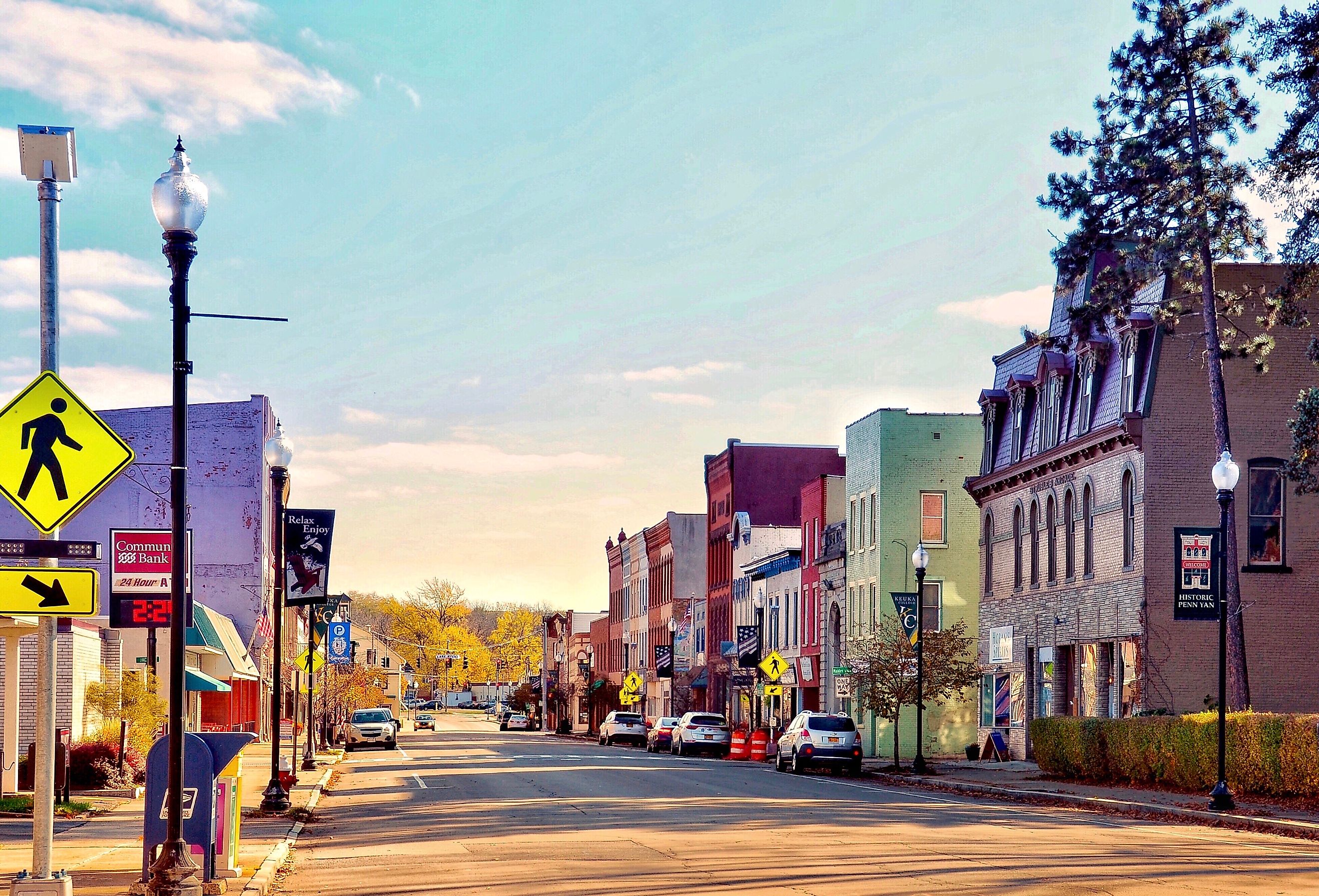
7 Most Historic Small Towns To Visit In The Finger Lakes
The Finger Lakes in Upper New York contain 11 lakes, natural beauty, and a fascinating history. The charming and vibrant towns of the region have much to offer. Picturesque landscapes, quaint downtowns, and world-renowned wineries are just a part of what makes the Finger Lakes region unique. The community takes great pride in its wine-making prowess, with the first vineyard planted in the late 19th century.
Numerous cultural attractions and historic sites celebrate the region's history in towns like Corning and Seneca Falls. The history ranges from prehistoric geological formations to racing and women's rights. These six towns are the most historic in the Finger Lakes because of the monuments, structures, and preserved architecture.
Penn Yan
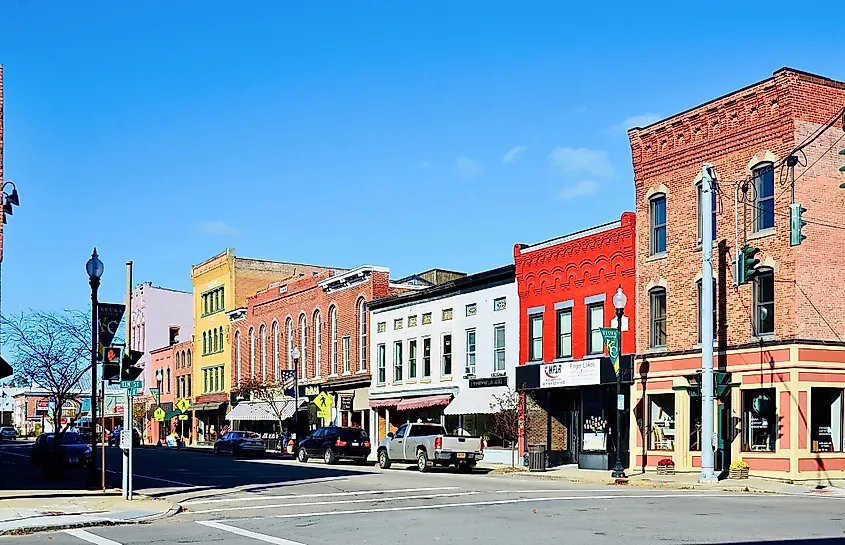
The small village of Penn Yan is on the shores of Kekua Lake in the center of the Finger Lakes region. It is home to the Birkett Mills, founded in 1797, and one of the oldest in the country. Historic Downtown is on the National Register, containing 281 historic buildings and several world-class wineries on six acres. The Yates County History Center on Main Street is the oldest in New York State and has been operating since 1860.
The colorful buildings along the historic district range from 1763 to 1939 and extend from the Main Street Bridge to North Avenue. Guidebooks and walking tours are available. A beautiful example is the Oliver House Museum. The Italianate-style home, built in 1852 on Main Street, has 18 rooms available for guided tours. Penn Yan is a history buff's dream come true due to its vast range of architectural styles and eras, and it is one of the best towns to visit in the Finger Lakes.
Corning
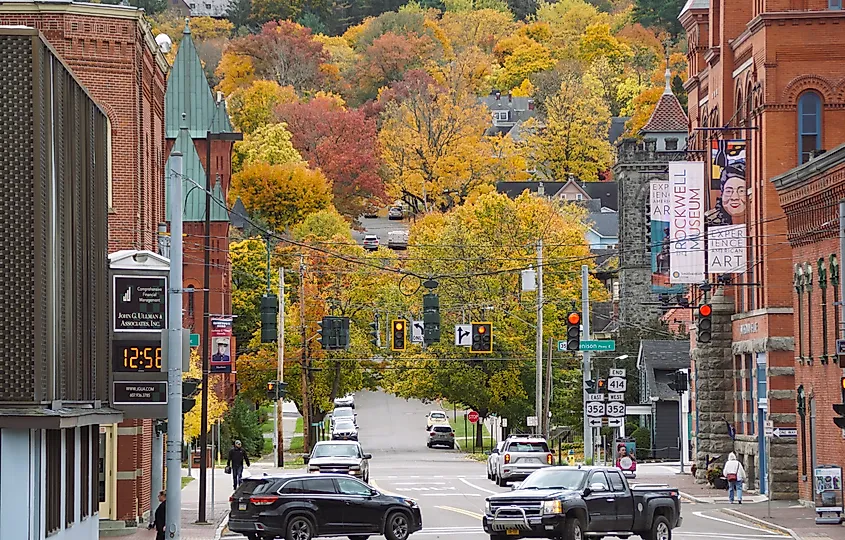
Corning is famous for being the home of Corning Glass Works in the downtown district. The Corning Museum of Glass, founded in 1951, has over 50,000 artifacts highlighting over 3,500 years of history. The museum is in the historic Gaffer District and other cultural attractions like the Centennial Sculpture. The metal sculpture was erected in 1996 and tells the town's history in five elements. The elements represent the local industries: the coal, a canal boat, hand-rolled cigars, the Armory, and the Corning Glass Works building.
Another landmark in this remarkable town is the Centerway Clock Tower. The clock, which has been in the center of town since 1883 and weighs 1,400 pounds, was built out of Antrim stone. No visit is complete without a stroll over the Centerway Walking Bridge, constructed in 1921. The 710-foot-long bridge was originally a vehicular and pedestrian bridge but is a walking park today, surrounded by green lawns and greens.
Seneca Falls
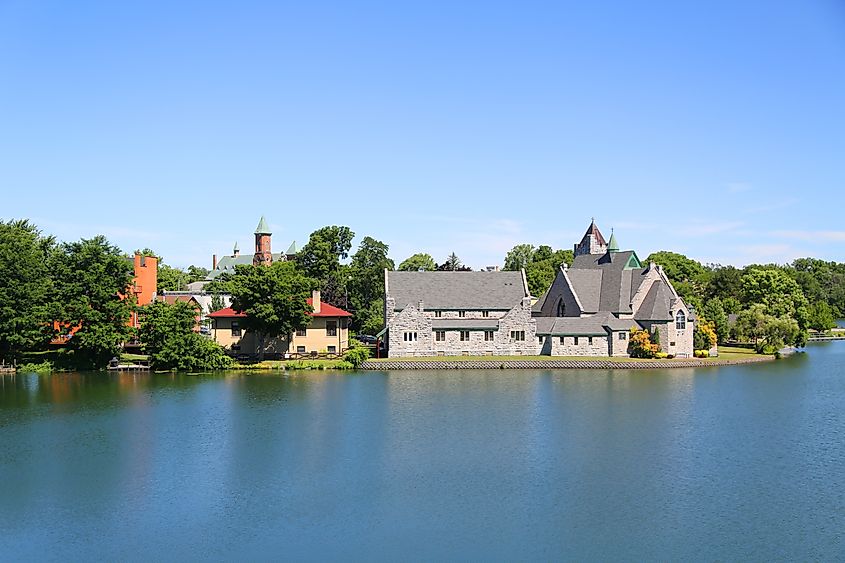
Seneca Falls is one of the most historical towns in Upper New York, and it contains significant structures and neighborhoods from the 19th century. The historic district covers an incredible 25 streets with 50 buildings in two commercial business districts. Trinity Lane and Seneca Falls Historic Districts contain landmark homes like the Amelia Bloomer and Elizabeth Cady Stanton Houses.
The Women's Rights National Historic Park commemorates the first Women's Rights convention held in Seneca Falls in 1848. The Flats neighborhood was pivotal for workers during the late 19th century, and many homes and the remains of the Dey Street Aqueduct still exist. Due to its cultural significance, the extraordinary history has been preserved through the years.
Auburn
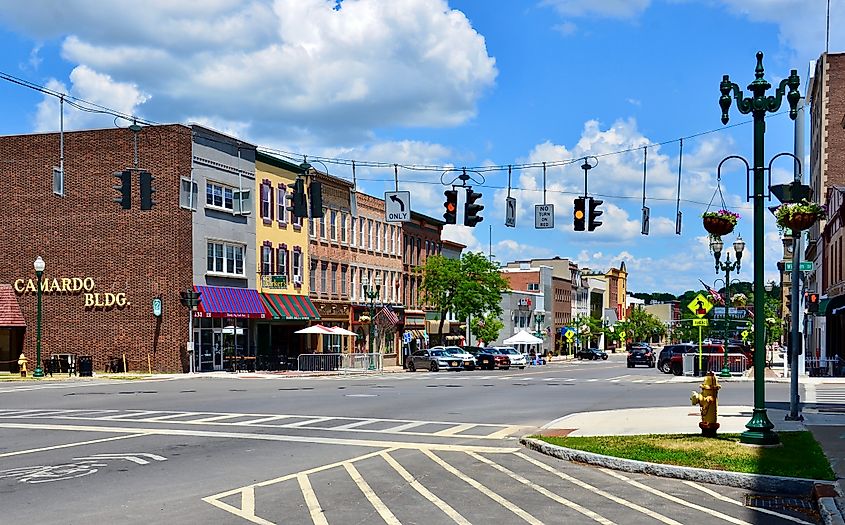
Auburn is home to several historic homes and landmarks, notably the home of Harriet Tubman. The 7-acre parcel she purchased is included in Harriet Tubman National Park, which consists of the great figure's house, barn, and museum. The landmark Seward House Museum is also in Auburn. It is a magnificent 19th-century mansion donated to the town in 1955 by the Seward Family. The family bequeathed the home on behalf of a famous New York politician, William Seward.
Fort Hill Cemetery on Fort Street was incorporated in 1851 and still has an active chapel, the Bradley Chapel. The original property was 22 acres but now has 83 and is open from sunrise to sunset daily. The multi-colored brick buildings downtown, like the Camardo building, greet history buffs and visitors with striped awnings and colorful storefronts. Many cultural attractions and museums in the downtown area highlight Auburn's historical significance.
Watkins Glen
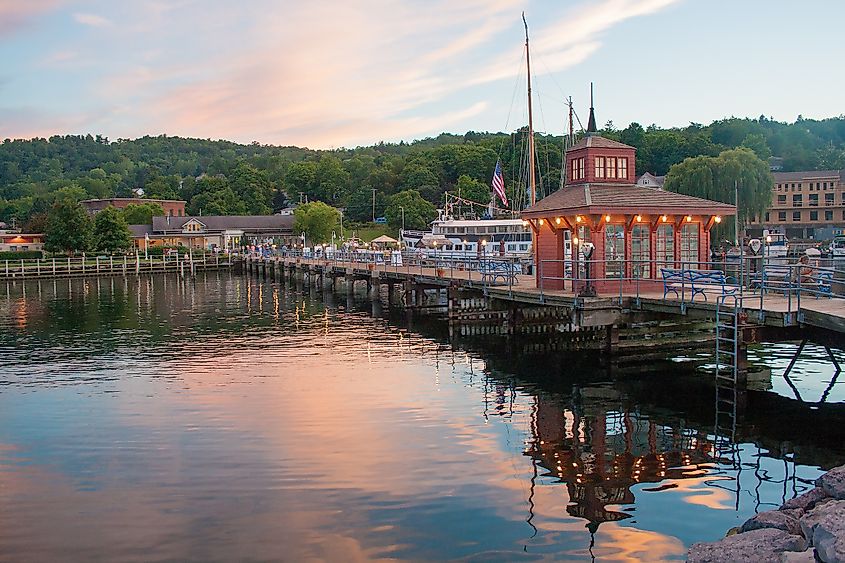
Watkins Glen is famous for its stunning vistas and waterfalls and for being the home of American Road Racing. It also has an abundance of historic homes, like the famous Glen Manor. The estate sits on the property of Dr. Samuel Watkins, the town founder. Idlewild Inn is an 18-room Victorian mansion built in 1892 with exceptional craftsmanship that is a sight to behold.
The historic commercial downtown district contains 34 buildings, including the Municipal Building, built in 1939. Other landmarks are the Fire Station, built in 1935, and Hotel Kendall, built in 1891. The Freer Opera House, built in 1860, is designated with a historical marker in front. This area is unique for its mix of nature, American racing, and historical architecture.
Ithaca
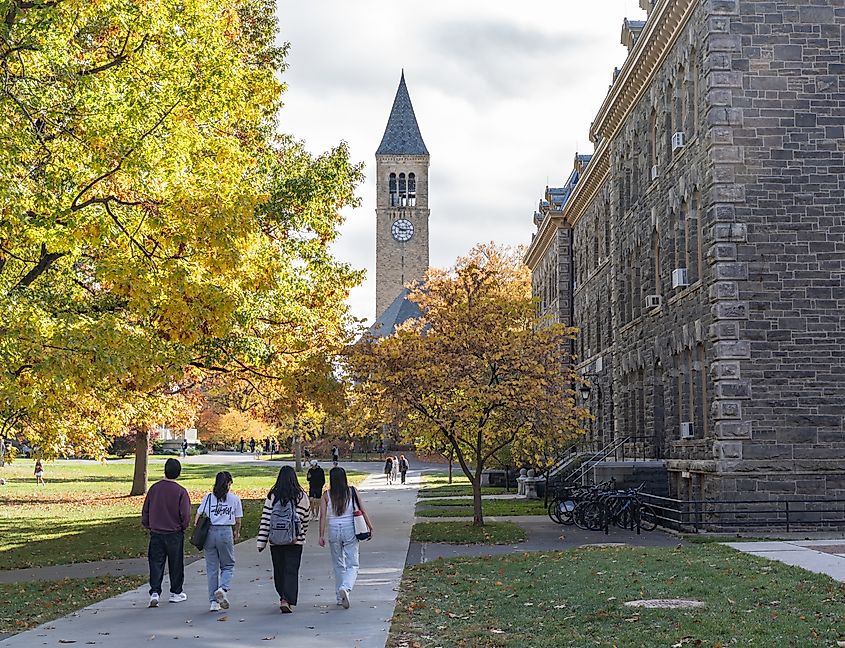
Ithaca is on the banks of Lake Cayuga and is famous for having more than 100 waterfalls within ten miles of the downtown area. The village has several historic districts, including the downtown area, with businesses that have been open for decades or longer. The State Diner is a local favorite that has been open since 1936 and features an authentic American interior and delicious comfort foods. Fontana's Shoes in the Collegetown neighborhood has been open for eleven decades since it was founded in 1905.
The Dewitt Park Historic District has diverse architectural styles from 1820-1930. The Gothic Revival-style courthouse, built in 1854, is the oldest in the state and has Tudor elements, too. The 1928 State Theatre is the only surviving one in New York and has much of the original equipment. Ithaca is a fantastic place to see well-preserved architecture and visit shops that operate on the same principles as they did 100 years ago, a rare trait to have.
Skaneateles
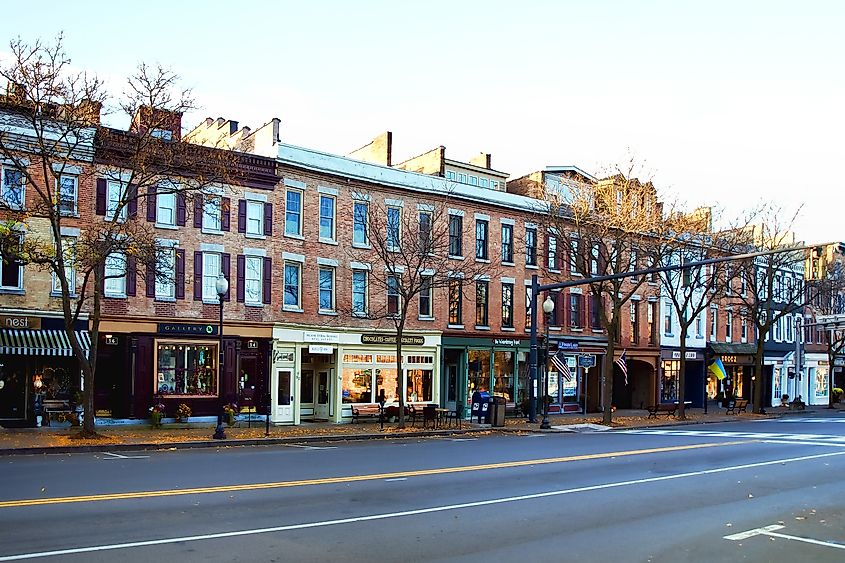
Skaneateles has multiple architectural styles throughout the town: Gothic, Greek Revival, and Victorian are the most prominent examples. A notable Victorian example is the Sherwood Inn, a quaint bed and breakfast since 1840. The opulent Thorne House, ca. 1846, is a beautiful Victorian mansion that has housed only two families.
The Historic District has been on the National Register of Historic Places since 1984. It contains a park and 59 structures in Federal, Italianate, and Greek Revival style. The bank building on Genesee Stree, the main thoroughfare, was built in 1858 and includes a five-story tower. The well-preserved commercial structures in the Historic District and the ornate 19th-century homes throughout the town make this one of the most historic towns in New York.
The Finger Lakes region of Upper New York contains jaw-dropping scenery and well-preserved historic structures. Towns like Ithaca have several historic districts, while towns like Auburn and Seneca Falls have been home to some of the most historic events in American history, which each town honors with preservation and memorials.
Seneca Falls was home to the first Women's Rights convention in the mid-19th century, and there is a park dedicated to this momentous occasion. Skaneateles contains opulent examples of 19th-century architectural styles. The architecture brings visitors back in time and helps to craft the town's story. Walking and guided tours are the best ways to soak in the history of these unique towns.
